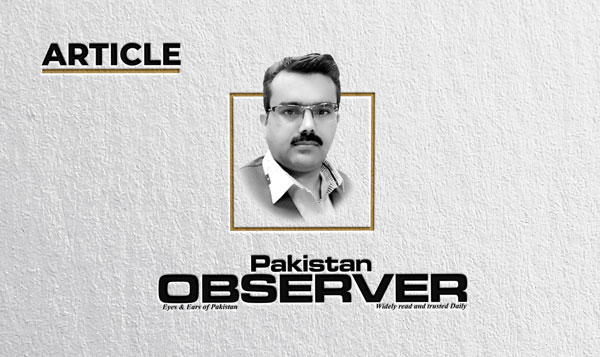Drug addiction in the youth
USE of drugs and substance by human beings is a very old phenomenon. In ancient times, extracts of plants were used for relief of pain and worries.
However, with the passage of time, use of drugs and substance increased dramatically and affected people at large scale, hence made it a serious social problem.
Drug addiction is a problem for all nations but it has become a major problem particularly for developing countries.
Developing countries having large young population are at greater risk of drug addiction. The youth are more susceptible to drug addiction due to various factors such as problems of puberty, adolescents, youth identity crisis and mental conditions etc.
Pakistan, being one of the youngest countries in the world and the second youngest in the South Asian region, has higher risk of drug addiction.
According to the United Nations Report, 7.6 million population including 78% male and 22% female is drug addicted in Pakistan and this number is increasing noticeably.
The rising trend of drug addiction in the youth requires immediate attention of the Government as well as civil society.
Unfortunately, young drug addicts could be seen at roads and parks which is a hazardous situation for us as a nation.
No effective stern actions are seen to combat this social problem. Drug addiction in the youth is just like a time bomb and we can’t turn a blind eye to this worsening situation which may cause devastating consequences after a few years.
Poverty, unemployment, economic frustration, peer’s pressure and easy accessibility to drugs at low price are considered as vital factors responsible for rising trend of addiction problems in Pakistan.
Likewise, family stress or being ignored by the family, increasing sexual pleasure and curiosity to taste drugs are some other aggravating factors due to which the youth are steeply inclining towards drugs and substance addiction.
The trend of taking drugs and substance as a fashion and style in our educational institutions is also increasing rapidly which is an alarming situation.
Some concrete actions by the government and administrations of the educational institutions are required to steer the youth away from this menace.
Indeed, it is the responsibility of the government to take more drastic measures and extensive interventions to combat this phenomenon but the role of civil society cannot be ignored.
Civil society organizations through mass awareness campaigns as well as targeted interventions can play a vital role to address the issue.
Family, being the first agent of socialization, has primary and fundamental responsibly to prevent its members from drug (ab-)use.
Unlike our traditional joint families, the children and young members of nuclear families get lesser attention, family care and interaction with parents which leads towards loneliness, depression and anxiety. Ultimately they find the solution for all their problems in drugs and substance.
The parents of nuclear families carries a special burden of responsibility to fill this gap by spending more time and talking with the children, helping to make them good friends, guiding them about good and bad and supporting them financially, emotionally and physically.
In a nutshell, drug addiction, especially in the youth is a grave growing problem which can’t be wished away. It is right time to grab the bull by the horns otherwise it will be too late.
—The writer is PhD and serving as Social Welfare Officer at Social Welfare & Bait-ul-Maal Department Rawalpindi.










